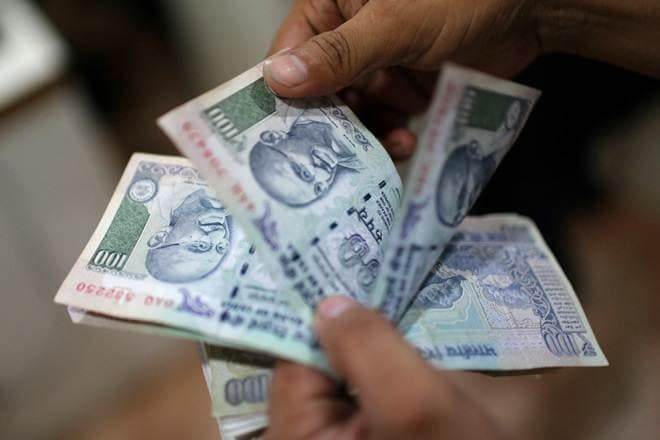The three-month non-deliverable forwards (NDF) in the offshore markets cooled by about 19 paisa to 73.82 a dollar on Tuesday. On Monday, the NDF was seen at levels of 74.01/$, the lowest level in at least three years.
Around a month ago, the NDF was trading at 70.65/$. The linkage between the offshore and onshore dollar/rupee rates is stronger during episodes of depreciation, experts said.
NDF forward points are an indicator of offshore sentiment on the rupee. There are external triggers behind sentiment worsening in the recent past including rising oil prices, imminent US Fed tightening, and trade war concerns, experts added.
Ananth Narayan, professor of finance at SPJIMR, points out that our own vulnerabilities — a stretched current account deficit (CAD), banking and financial sector stress, and now capital market nervousness have added to the tensions.
Investors will watch the government, the Reserve Bank of India (RBI) and the monetary policy committee’s (MPC) actions very closely. “Given sustained depreciation this year, it is important for the authorities to preempt any panic, by use of policy instruments and reserves. We should stabilise the rupee now, and work to addressing the core issues of CAD and banking reform alongside,” Narayan concluded.
The rupee on Tuesday recovered significantly, by 26 paisa during the intra-day lows before ending the session at 72.6950 against the greenback. During the intra-day trades, the rupee crashed to lows hitting 72.9637 against the dollar. The premium on three-month forward contracts jumped by around three basis points (bps) on Tuesday to around 4.6699%; Monday’s close stood at 4.6378%. Around a month ago, on August 27, the premium on the forward contract was at 4.3648%.
The rupee has lost more than 12% since January. The bond yields cooled from highs during intra-day trades and closed the trading session at 8.126%, almost flat over Tuesday’s close. The Brent crude oil prices remained elevated at around $81.86/barrel level, highest in at least three years; the prices have spiked up by 5% in September alone and 23% from January.


